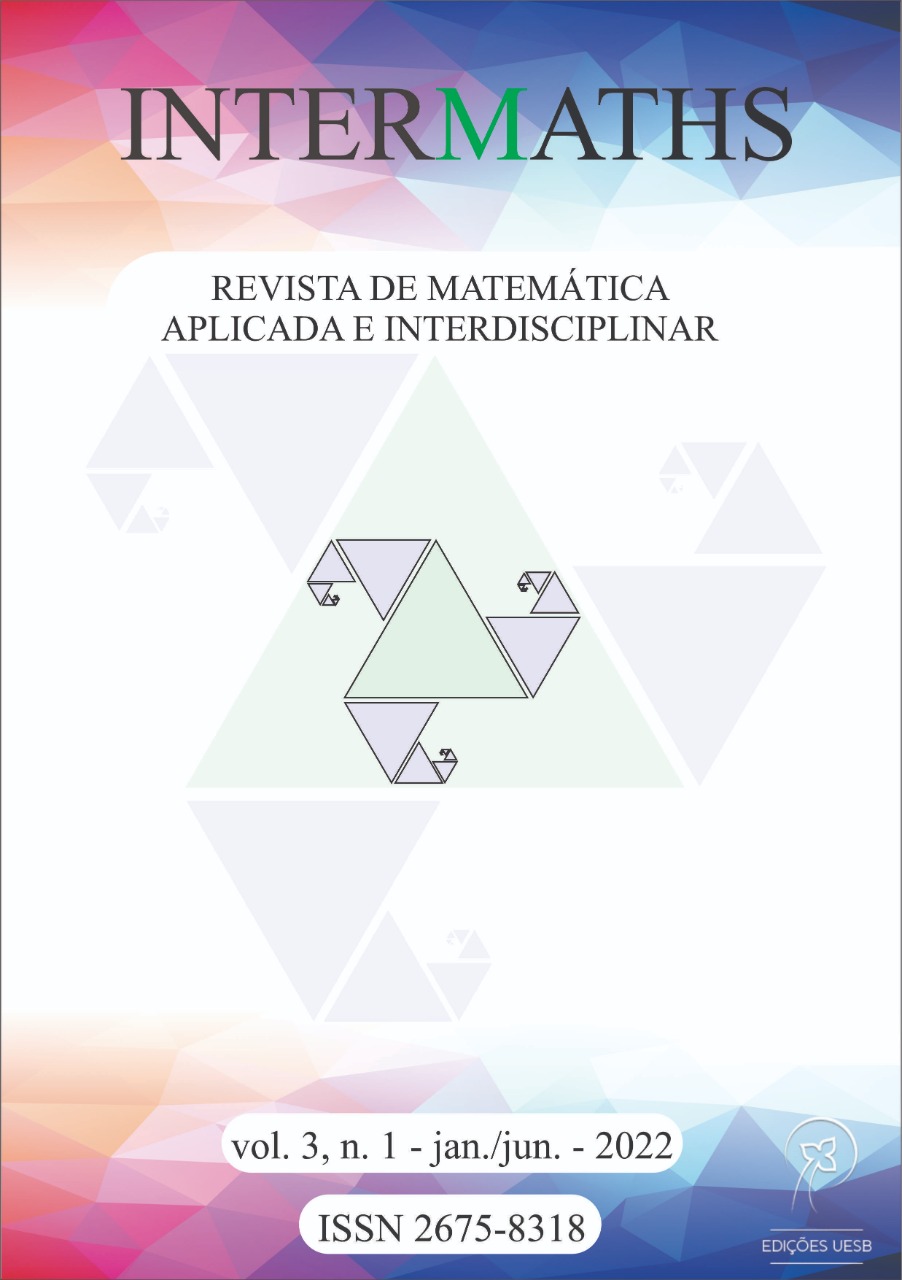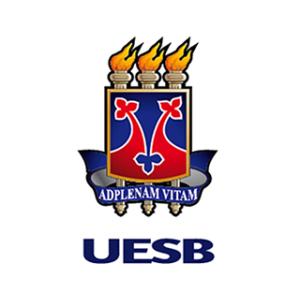Investigando os significados e representações semióticas dos números racionais trabalhados no livro didático do 6º ano do ensino fundamental
DOI:
https://doi.org/10.22481/intermaths.v3i1.10321Keywords:
Significados, Representações, Semióticas, Números racionaisAbstract
The present study is an excerpt from the TCC of the author of this article that aimed to investigate the meanings and records of representations of rational numbers that are worked on in the textbook of the 6th year of elementary school, based on the Theory of Records of Semiotic representations and some research on the meanings and registers of semiotic representations of rational numbers. In order to achieve this objective, a bibliographic research with a qualitative approach was used, with quantitative elements, of a descriptive nature with strategic application. The most worked meaning was the part-whole. In relation to registers of semiotic representations of rational numbers, the most used was the register of fractional symbolic representation. Among the conversions, the most worked was the one whose starting record is the two-dimensional geometric representation record and the arrival record is the fractional symbol. Therefore, it is concluded that the teacher should not stick only to the textbook, but must have a critical and analytical look, seeking new tools to improve the teaching and learning process.
Downloads
Metrics
References
[1] V. L. Merlini, ”O conceito de fração em seus diferentes significados: um estudo diagnóstico com alunos de 5ª e 6ª séries do Ensino Fundamental”. Dissertação (Mestrado em Educação) - Pontifícia Universidade Católica de São Paulo, São Paulo, 2005.
[2] C. T. D. Souza, O Livro Didático e suas implicações no processo educativo sob a perspectiva docente. Universidade Estadual do Norte Fluminense Darcy Ribeiro - UENF, 2018.
[3] L. V. Moutinho, “Fração e seus diferentes significados: um estudo com alunos das 4ª e 8ª séries do ensino fundamental”, 193f, Dissertação (Mestrado em Educação Matemática), Pontifícia Universidade Católica de São Paulo, 2005.
[4] M. C. Romanatto, ”Número Racional: Relações necessárias à sua compreensão,”Tese (Doutorado em Educação) - Faculdade de Educação, Universidade Estadual de Campinas, Campinas, 1997.
[5] M. J. F. D. Silva, Sobre a introdução do conceito de números fracionário. PUC-SP - Pontifícia Universidade Católica de São Paulo, 1997.
[6] R. Duval, “Registros de representação semiótica e funcionamento cognitivo”, Revemat: Revista Eletrônica de Educação Matemática, vol. 07, no. 2, pp. 266–297, 2012.
[7] F. A. F. Silva, “Abordagem dos números racionais no Exame Nacional do Ensino Médio–ENEM”, Universidade Federal Rural De Pernambuco – UFRPE, 2013.
[8] A. Santos, “O conceito de fração em seus diferentes significados: um estudo diagnóstico junto a professores que atuam no Ensino Fundamental”196f, Dissertação (Mestrado em Educação matemática). Pontifícia Universidade Católica de São Paulo, 2005.
[9] M. M. D. Oliveira, “Como fazer projetos, relatórios, monografias, dissertações e teses”. In: Como fazer projetos, relatorios, monografias, dissertacoes e teses, pp. 190-190, 2003.
[10] E. Bianchini, Matemática - Bianchini : manual do professor / Edwaldo Bianchini. São Paulo: Moderna, 9th ed., 2018.
[11] Brasil, Ministério da Educação. Base Nacional Comum Curricular, Brasília, 2018.
Downloads
Published
How to Cite
Issue
Section
License
Copyright (c) 2022 INTERMATHS

This work is licensed under a Creative Commons Attribution 4.0 International License.
- Responsibility: The scientific content and the opinions expressed in the manuscript are the sole responsibility of the author(s).
- Copyrights: INTERMATHS.
- All content of Revista INTERMATHS/INTERMATHS journal is licensed under a Creative Commons - Atribuição 4.0 Internacional







